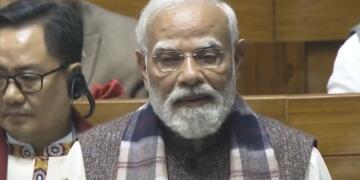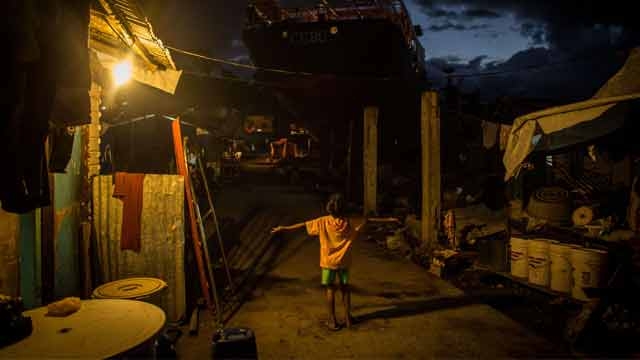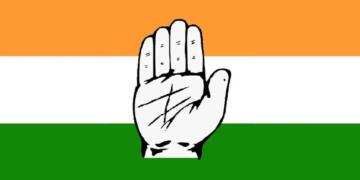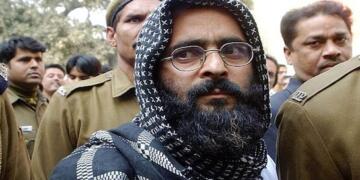Saubhagya Scheme or Pradhan Mantri Sahaj Bijli Har Ghar Yojana was announced by PM Modi in September 2017 to provide electricity to last willing household has made radical changes in the life of the poor. The execution of the scheme is expected to complete before the scheduled time. Earlier 100 percent household electrification was to be completed by March 2019 but now the target date was preponed to end of December this year because only 50 lakh families are uncovered. “At this rate, almost 50 more days required to achieve 100 percent household electrification. If we do it faster, fewer days to achieve the goal,” said power minister R K Singh.
Modi government’s Saubhagya scheme was launched with a total project cost of 16,320 crores out of which 12,320 was provided through Gross Budgetary Support (GBS). Under the scheme many poor households identified from Socio-economic and Caste Census (SECC), 2011 data will be given free electricity connections along with LED lights, DC fan and a DC power plug. The Saubhagya scheme has been able to enroll 2 crore beneficiaries out of the intended target of 3 crores said the policy think tank in its assessment report. The Saubhagya scheme aims to achieve 100% electrification in the country by December 2018 and according to data 91 percent of households had access to electricity by August this year.
“8 States have achieved 100% saturation in household electrification under the Saubhagya Scheme namely Madhya Pradesh, Tripura, Bihar, J&K, Mizoram, Sikkim, Telangana and West Bengal. Thus total 15 States in the country now have 100 % household electrification,” said Shri RK Singh. The electrification in rural areas has pushed top-down across the world. The reason behind this is the inefficiency of market forces to provide electricity to rural areas due to low profit and the risk of incurring a loss. In countries like India where villages are very sparsely populated in some states and regions, market forces shy away from the business of providing electricity to rural areas. Therefore the government has to make electricity a public good and take initiatives for last household connectivity. “Many more State like Maharashtra, Uttarakhand, Himachal Pradesh, Arunachal Pradesh, Chhattisgarh etc. are left with a small number of un-electrified households and expected to achieve saturation any time,” he added.
The Saubhagya scheme has especially benefited poor states like Bihar which are at the bottom of per capita income but has been able to provide 100 percent electrification after the scheme rolled out. The women of households were benefited most from electricity connection at home. Now they can complete their routine work early and spend more time with husbands and their relationship with in-laws also improved given they have more time to care about them. The social security schemes of the government for women, below poverty line families, Divyangs and others in need are expected to be the main poll pitch of the government in the upcoming Lok Sabha elections. The Congress governments in last 6 six decades was able to bring a very small percentage of the country’s population under social security despite its cry for social justice and a welfare state. But the Modi government with its unique schemes has expanded the social security exponentially.
































